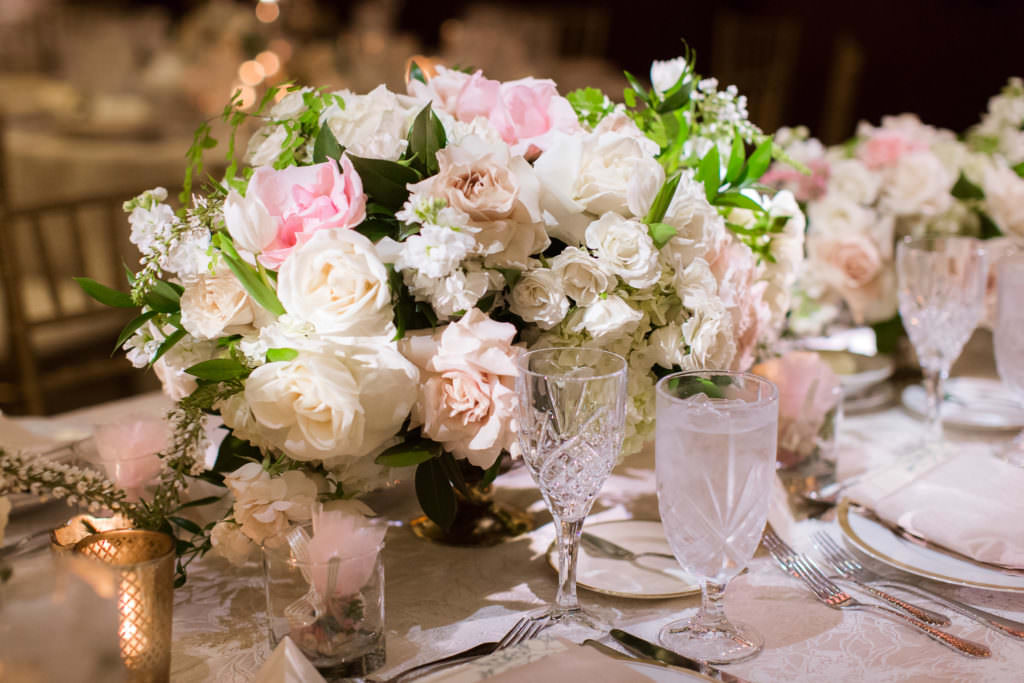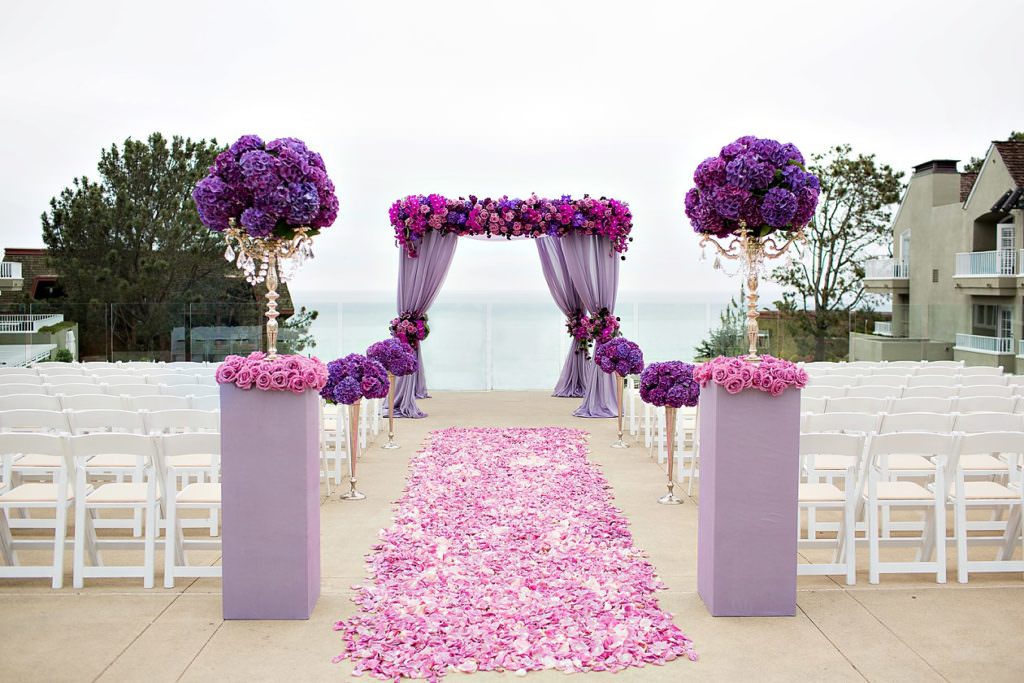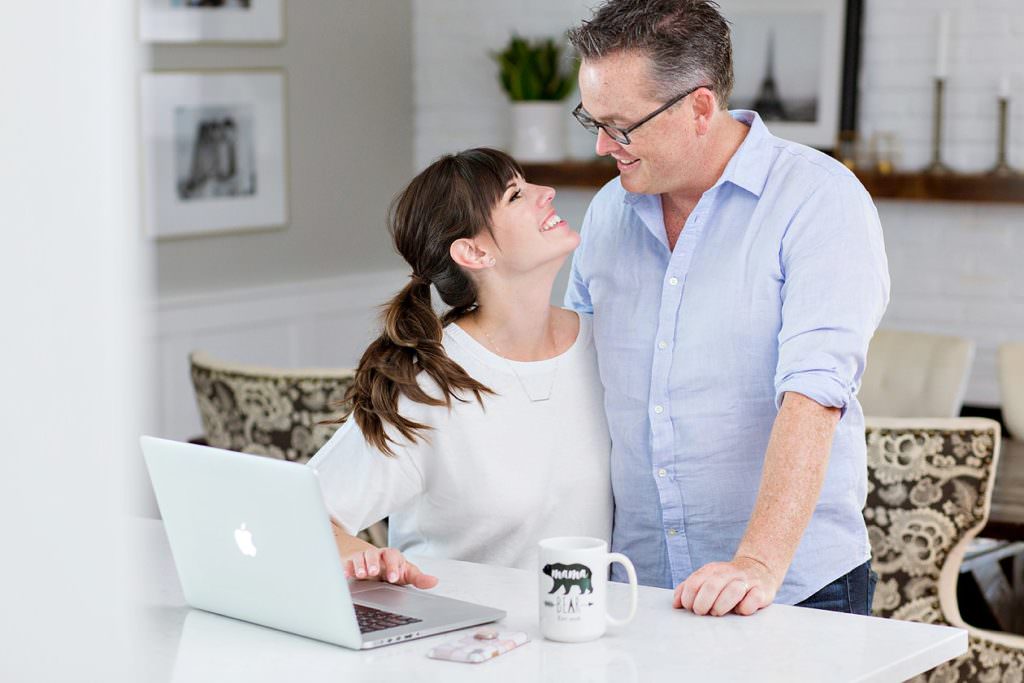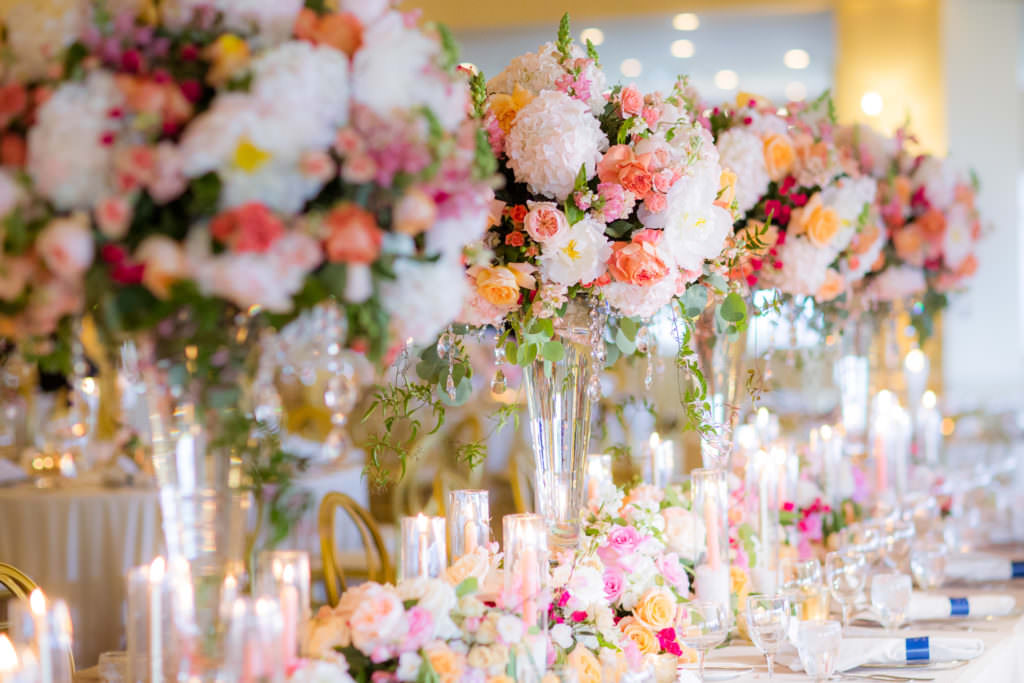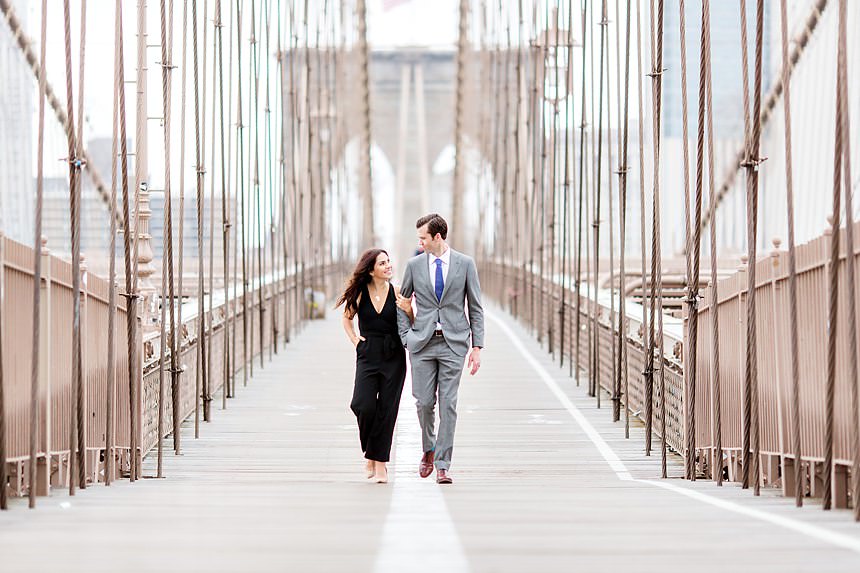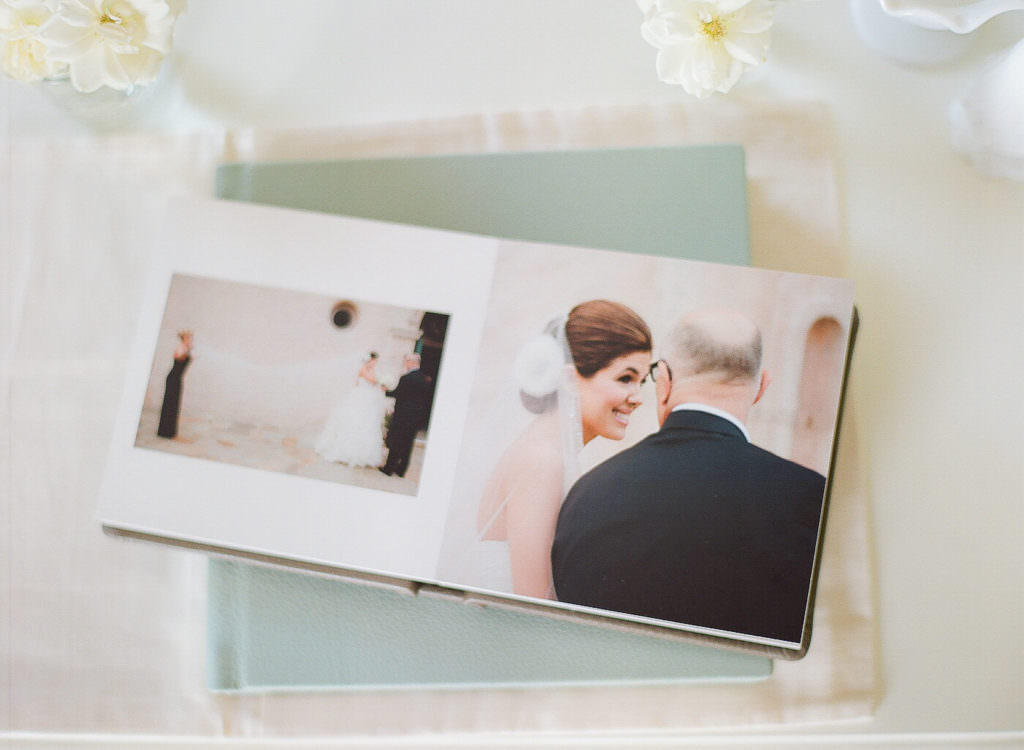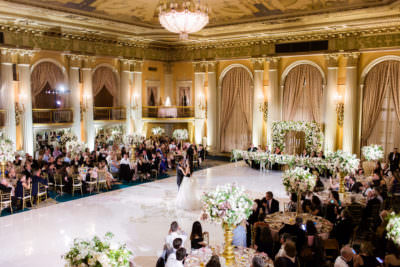Oh the hand trick!! Our easiest tool we’ve ever used – it’s laughable how easy it makes it to find great natural light at any shoot!
I’ve mentioned the hand trick in this blog post here, but I’ve decided to expand on it more since that article has been so incredibly popular over the years.
And also, this trick is SO EASY and SO HELPFUL, I need a dedicated post for it!
For reals – this simple trick for natural light will instantly up your game (and your confidence) at your very next shoot!
 Raise your hand if, like me, you’ve been in this situation before:
Raise your hand if, like me, you’ve been in this situation before:
I’m shooting a wedding and I need to move FAST.
I only have ten minutes to photograph the bride and groom, so I have to make the minutes count. Every setup must be done exactly right because I have no time for error.
I find a spot of open shade in a grove of trees, but when I put my bride and groom in there, the light is patchy and turns green on their skin. #ugh
So all of a sudden, I’m desperately finding myself wasting my precious minutes adjusting my couple. Or finding a new spot. Or just taking the photo and praying I can fix it later in post. (–>Worst idea ever!)
What I’ve learned the hard way is that not all open shade is created equal.
Even though a piece of open shade might APPEAR amazing at first glance, there’s a whole lot that may be wrong with it.
- Are there green trees or red buildings nearby that are casting strange colors? (Think: brick buildings)
- Are you facing the right direction in the shade? (Turning your subject even a few inches can mean the difference between good light and bad light – ie good skin and bad skin.)
- Is the ground bouncing reflections or colors up into their face and eyes? (Bright green grass is the worst!)
So what can you do to avoid terrible skin tones and find amazing natural light within seconds? Use the palm of your hand!

The Hand Trick: What It Is
This is easiest way to make a judgement about the quality of open shade and find great natural light at your shoots.
Hold your hand out in front of your face, at arms length, and look at the skin on the palm of your hand. That soft skin on your palm is similar to facial skin.
The palm of your hand will tell you how someone’s skin tone will look in the light you’re choosing.
So move your hand around. Study how the natural light changes on your hand while turning in different directions.
Immediately, you’ll be able to see any strange color casts like red, green, or blue. You can see where the light is dark and where the light is bright and clean.
You’ll also be able to catch any patchy spots of bright light by moving your arm up and down.
(This means you can avoid putting your bride and groom in a shady spot, only to find a giant patch of bright sun on their arm. You’ll get to nix the whole “ok inch to the left, take a teeny step forward, no wait go back.. now go forward…”)
So before I ever set up a couple, I first check the light on my hand to make sure I have the cleanest natural light hitting their faces.
Then, I turn my hand from side to side and watch if the shadows change. Sometimes, just angling my couple a few degrees in one direction or the other makes or breaks the entire setup.
I even turn my body in a complete circle, watching my hand the entire time, to see which direction is best.
It’s Especially Important on Cloudy Days
You wouldn’t think it, but the hand trick is especially critical on cloudy, overcast days. On these types of days, it’s not always obvious where the sun is bouncing it’s light.
Just because the sky is cloudy or the sun is low or has crossed below the horizon, doesn’t mean you can face your couple any direction you’d like and it will look the same.
The light is still coming from a single source. It’s just bouncing all over the sky in different directions and back onto your subject.
Even when you’re shooting in soft even natural light (like overcast or golden hour) the hand trick will help you find THE BEST natural light.
By watching my palm and turning around in a circle, I can see which direction makes my skin look fresh, bright, and clean instead of shadowed and “muddy.”
There’s been so many times that I’m surprised to find that the light I like the best is actually coming from the opposite direction than I originally thought!

To learn how to find great natural light by using your palm, here’s a few exercises to try:
EXERCISE #1: Outdoor Open Shade
Go outside in the late afternoon and locate a large patch of shade that is angling off the side of a building.
Stand right at the edge of the shade where the shadow ends, and face your body in towards the building.
Hold your palm at arms length and look at it (your palm will be facing towards your face). Walking forwards and backwards into the shade, watch how the light changes on your palm.
What to look for:
#1: Notice how quickly the light changes on your hand as you walk deeper into the shadow.
The deeper you go, the darker it will be and vice versa. I prefer the light that is about a third of the way into the open shade, or maybe halfway. It’s bright and clean on my subject, but not so bright that the background will go dark in the image.
#2: Notice if there’s any color casts on your palm and if those casts change as you walk around in the shade.
Are you seeing green, red, or blue colors show up on your palm?
Can you find clean neutral white light that will look great on any skin tone?
#3: Angle your hand in different 45 degree directions to the left and right.
Notice how the shadows and colors change on your palm.
Adjusting your couple even a slight 45 degrees one way or the other can make or break a setup.
Plus, it’s always worth it to me to quickly check opposite directions with my palm to find great light.
In my experience, there’s almost always one direction in open shade that is brighter and cleaner than the other depending on how the sun is bouncing off of other buildings in the area and into the shade.
#4: Lastly, look around you to see what surfaces your light might be bouncing off of.
Is there a big white building across the street with the sun bouncing off of it? That will act like a giant soft box, bouncing clean light into your shade. It’s something that Jeff and I actively look for.
Is there a brick building bouncing red light? Or a giant green hedge nearby that’s lit up by the sun and casting green colors? These are colors that can be hard to see when you’re in the thick of shooting, so it’s worth it to take a quick second to check the palm of your hand and see where your light is coming from.
Believe me, these color casts will definitely rear their ugly heads in your editing later on and cause many hair pulling hours of adjusting tint sliders.
As you do the hand trick in different environments (by trees, different colored buildings, near water, near glass buildings) you’ll begin to see how natural light changes, where it’s reflecting, and where to position your subjects for the best skin tones based on your style and preferences.
Real Life Example:
We needed to photograph Meghan’s bridesmaid photos midday, so we found some shade that was angling off of the side of the venue. Using my hand, I found the balance of light and dark in the very middle of the shade. I wanted their faces to be bright and clean while keeping the background light as well.
I also angled the entire setup because there was some color casting happening from a patch of trees nearby. Angling them avoided that color cast from hitting their skin.
Because I used my hand FIRST, I could setup all nine girls at the perfect angle and know their skin tones were going to look great. I knew I wouldn’t get them setup, and then suddenly realize they all had to move!

EXERCISE #2: Indoor Window Light
Find a room that’s only illuminated by a window and turn off the lights. Hold your palm a few feet away from the window and face your palm straight on toward the window.
What to Look For:
#1: Notice that the light is very bright and even on your hand, right?
Now slowly move away from the window (where it becomes darker) and watch how that light changes quite quickly, from bright to less bright until it’s dark.
#2: Face your palm directly away from the window.
Your palm should be so dark, it will almost be a silhouette. Unless a silhouette is what you’re trying to do, this is NOT how you typically want to pose someone, with their back against a giant window or light source.
(Side Note: Jeff and I show the hand trick to our couples all the time at engagement sessions because they’re wondering what the heck we’re doing when we walk around with our hands up. So we tell them that if they want better iPhone pics, they should use the palm of their hands, and always face people towards windows instead of putting people’s backs to a window. They go nuts over it!)
Real Life Example:
When a bride is putting on her dress in a hotel, I’m usually using a giant window as my main light source. In this case, my preference is to position her somewhere in between the really bright and really dark space of the window light.
If I put her too close to the window, I’ll have two issues:
- The highlights in the image are going to be really really bright and probably get blown out. (Think: white wedding dress)
- The background of the room with be really really dark. (Think: the room will turn into a black hole)
This is ok if I want a dramatic lighting effect, but I usually don’t. I want a look that’s even and classic.
So before I ask my bride to put on her dress, I determine the exact location where I want her to stand by using my hand to gauge the balance of light and dark to find great light in the space near the window.
I want the light on her to be bright enough to create soft skin, but soft enough to preserve the highlights in her dress as well as see the details of the darkened room.
Lastly, I also use my hand to determine exactly what angle I want her to face in relation to the window.
I like to shoot with the window at a 90 degree angle to myself and the bride at a 45 angle toward the window so the light falls across her and creates really pretty dimension.
Just before she puts on her dress, I tell her to face in that general 45 degree direction towards the window and then I let the story take it from there.


EXERCISE #3: Shady Trees
Open shade from trees has a few more variables to deal with that you need to compensate for when it comes to natural light. Depending on the tree or foliage, it can cast varying degrees of green and brown colors onto skin. Plus, you also have to deal with patchy spots of light.
But all of that’s not a big deal as long as you learn what to look for.
Just like in Excercise #1, find some shade that is created by a tree or a few trees in the late afternoon. Go to the edge of the shade and face your palm away from the trees. (So your body is facing towards the trees and you’re looking at your palm.)
Walk in towards the trees and thus deeper into the shade and see how the light changes.
What to Look For:
#1: Take note of the color casts and if those colors change based on the angles of your palm.
Usually the most color casting happens as you go into the deeper, darker shade, so I like to use the edge of the shade where I find the cleanest light with the least amount of color cast from the trees.
#2: Watch any patches of light as they move across your hand.
When your palm is facing away from the sun, your palm will be evenly shaded. When you’re angled towards the sun, you’ll see lots of patches.
My preference with shade created from trees is to put my subject on the farthest edges of the shade and face them directly away from the sun to eliminate patchiness.
Real Life Example:
You’ll notice in these images that the sun is high in the sky when we photographed these bridesmaids. So we put them on the edge of a patch of shade from a grove of trees. Then we put their backs to the sun.
This shaded their front with nice clean light and minimized any patchiness for the group shot. You can see in the image on the right, that the patchiness shows up when you’re angled towards the sun.

Notice the Difference Immediately
Use the exercises above to practice this hand trick at home and as you walk around town. You’ll get the hang of it very quickly!
Then start using it at your very next shoot when you’re using natural light. You’ll immediately notice a BIG difference in the quality of natural light in your images!
In fact, this was one of the first things that Jeff showed me when he taught me how to shoot in natural light.
Once I started using the hand trick to find great light, it didn’t take long before I could identify the best natural light in a matter of seconds.
And now, years later, I still use it EVERY. SINGLE. TIME. at every single shoot. It’s that easy and that valuable! Go give it a try my friends and then hop into our FREE photographer-only Facebook group and let me know how it helped!
Hugs,
Erin






